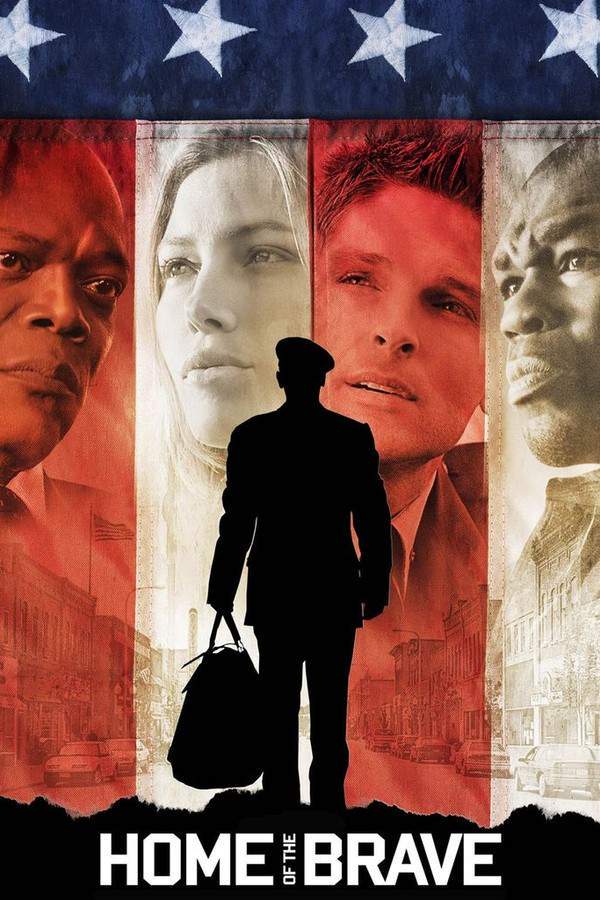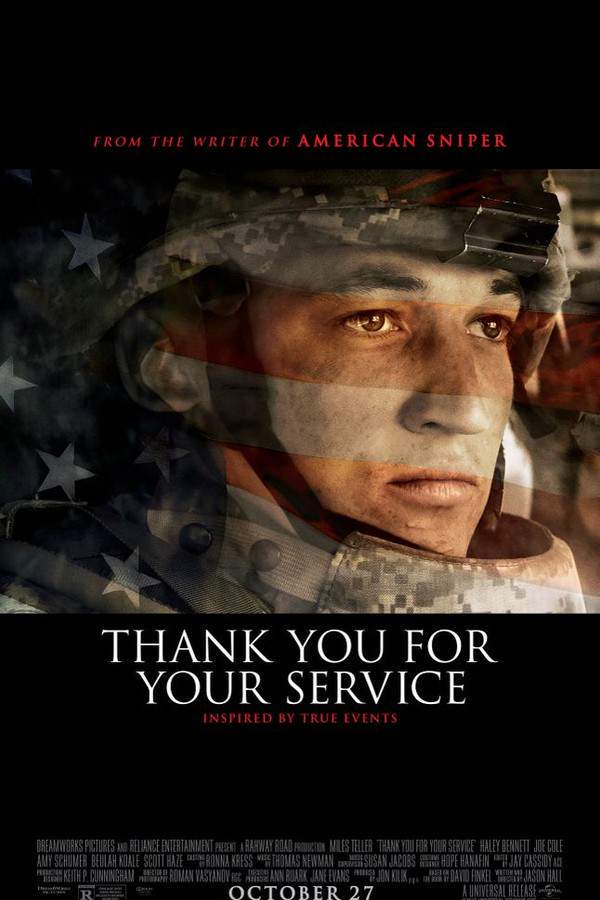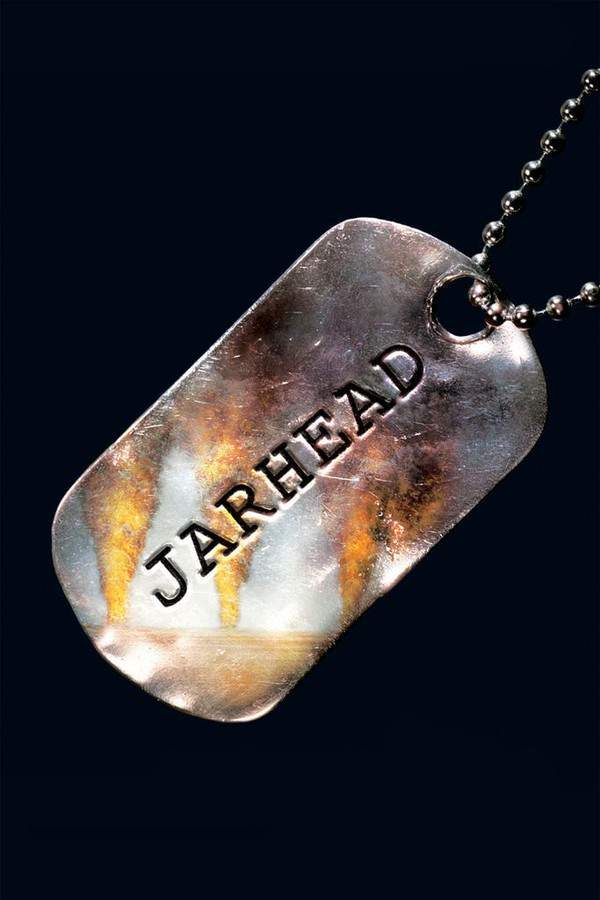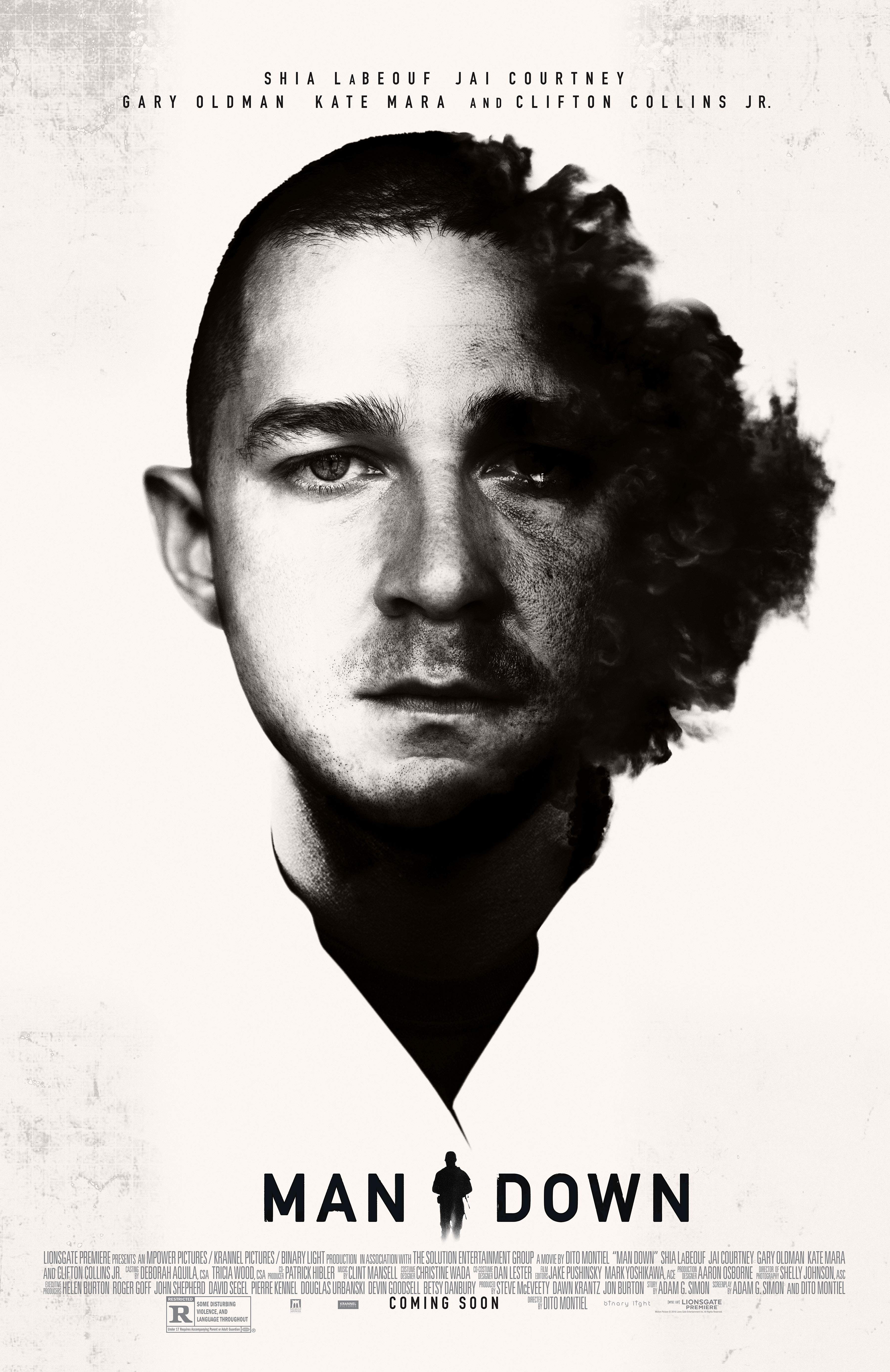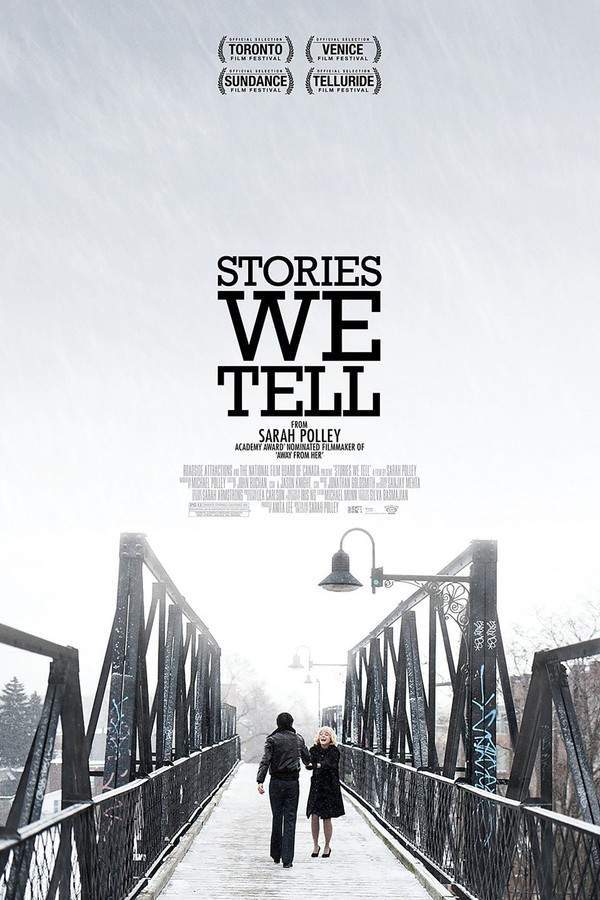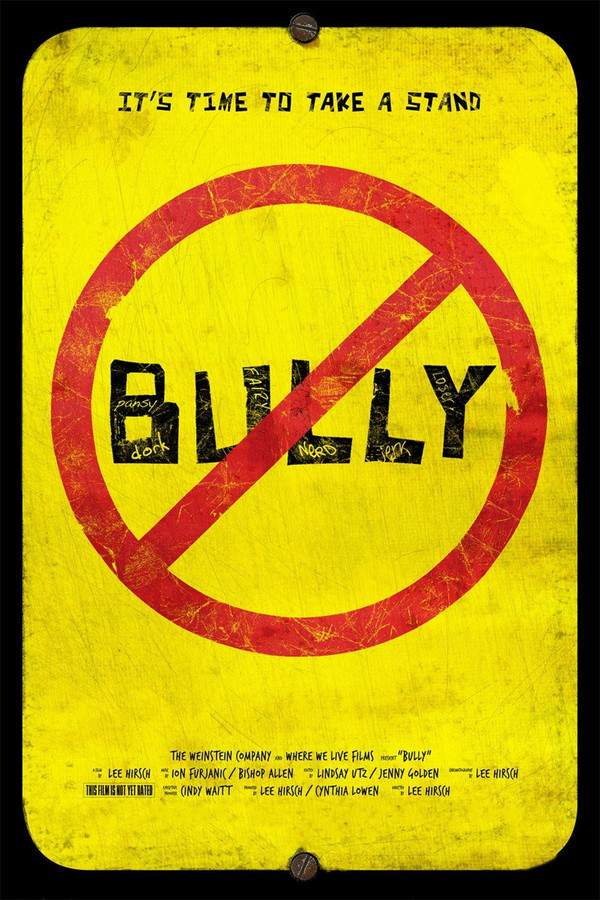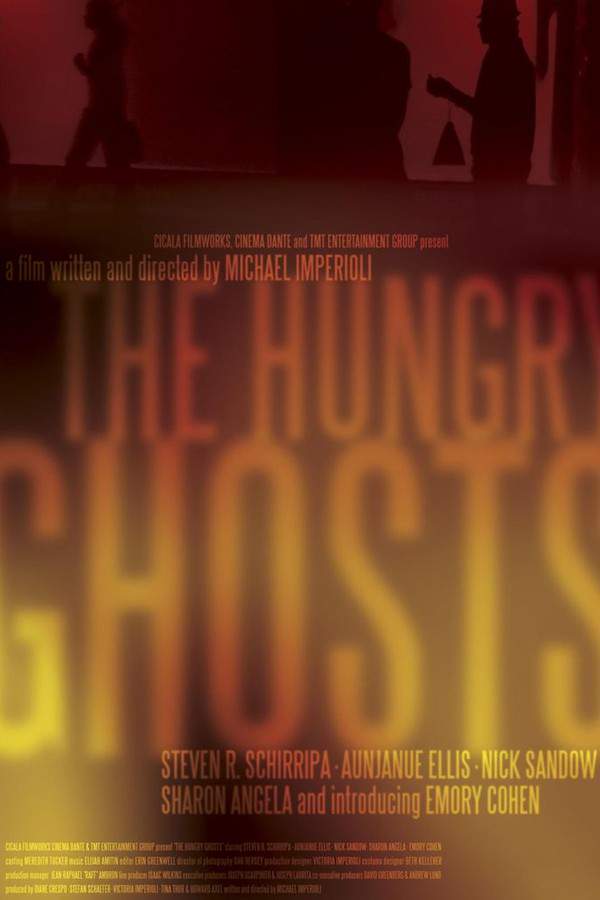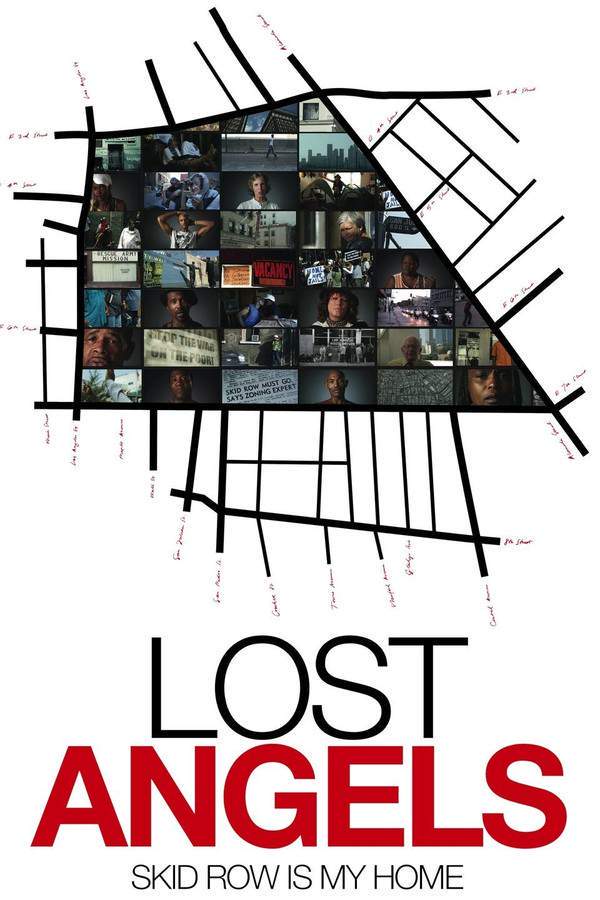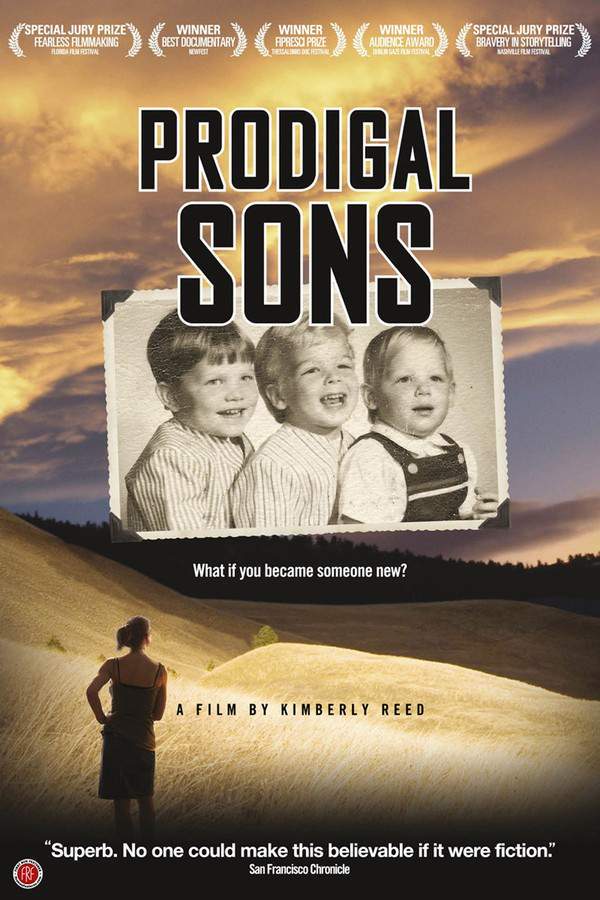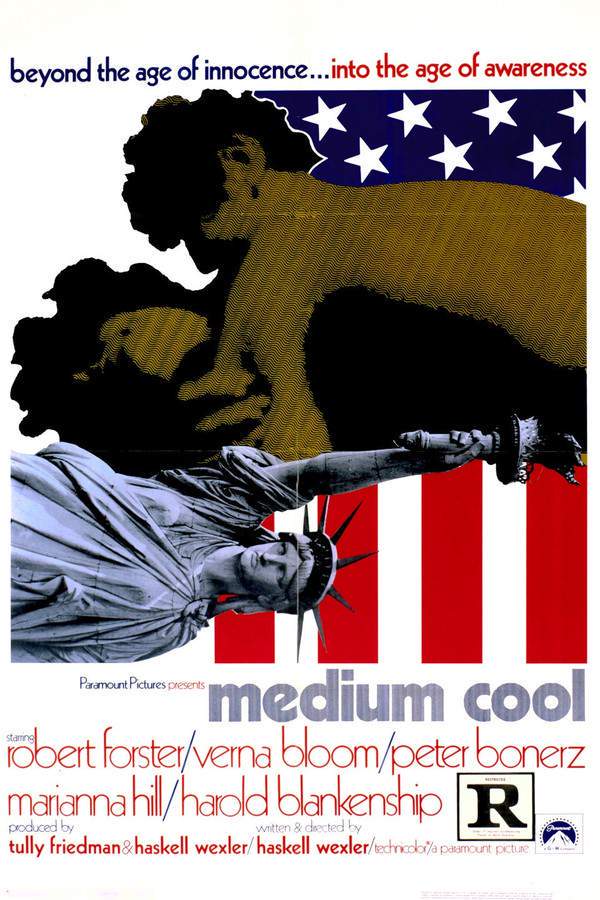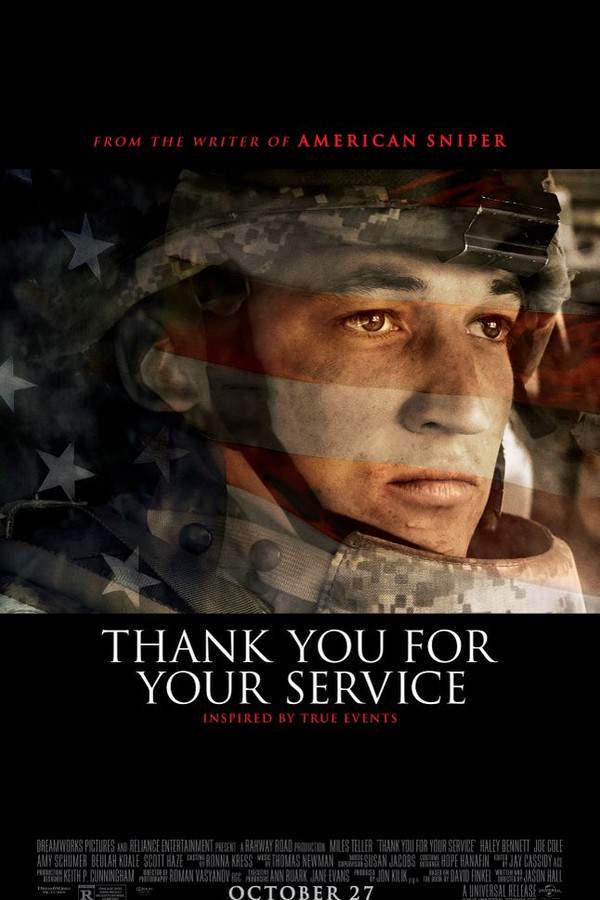
Thank You for Your Service
Year: 2016
Runtime: 88 min
Language: English
Director: Tom Donahue
Budget: $20M
Thank You for Your Service explores the challenging experiences of several Iraq War veterans as they return home and confront the invisible wounds of war. The film follows four soldiers and contrasts their personal battles with perspectives from military and civilian leaders, highlighting the growing mental health crisis within the US military and the difficulties faced in seeking and receiving adequate support.
Warning: spoilers below!
Haven’t seen Thank You for Your Service yet? This summary contains major spoilers. Bookmark the page, watch the movie, and come back for the full breakdown. If you're ready, scroll on and relive the story!
Thank You for Your Service (2016) – Full Plot Summary & Ending Explained
Read the complete plot breakdown of Thank You for Your Service (2016), including all key story events, major twists, and the ending explained in detail. Discover what really happened—and what it all means.
After a grueling 15-month combat tour in Iraq, the decorated soldier Adam Schumann returns to his home in Kansas, where he is welcomed by his devoted wife, Saskia. Together, they are raising their daughter and an infant son who was born while Adam was still deployed. However, Adam struggles with PTSD, haunted by nightmares and relentless flashbacks. With encouragement from Saskia, he seeks assistance from the overwhelmed Department of Veterans Affairs.
In addition to his wife’s support, Adam finds comfort in the companionship of two fellow veterans from Iraq: an American Samoan named Solo Aieti and a White American, Billy Waller. Tragically, Billy’s battle with his own demons culminates in heartbreak when he commits suicide in front of his fiancée after losing everything to her.
The turmoil within Adam largely stems from his feelings of guilt regarding the loss of a fellow soldier during combat. Michael Emory, who was badly injured and left hemiplegic, credits Adam with saving his life despite the harrowing circumstances. Meanwhile, Adam grapples with survivor’s guilt over the day that Sergeant First Class James Doster took his place on patrol, resulting in a catastrophic encounter with an improvised explosive device. The guilt amplifies knowing that Doster was left behind and perished in the firestorm that followed. As the film progresses, Doster’s widow, Amanda, who is also friends with Saskia, eventually discovers the painful truths about her husband’s death, granting her the opportunity to forgive both Adam and Solo.
On the other hand, Solo battles with debilitating PTSD and memory issues that prevent him from following through on his desire to re-enlist. His struggles lead him into a dangerous path involving drug dealers spearheaded by a Gulf War veteran named Dante. Ultimately, Adam intervenes, saving his friend from this precarious situation and ensuring he gets on a Greyhound bus to California, where Solo can take Adam’s spot at a specialized rehabilitation center for PTSD.
As the story unfolds, Adam’s path toward healing culminates in his return from the rehabilitation center, where he is warmly embraced by his wife and children in the familiar surroundings of their home, creating a poignant sense of hope and recovery.
Last Updated: November 15, 2024 at 17:30
Ending Explained – What Happens at the End of Thank You for Your Service?
Still wondering what the ending of Thank You for Your Service (2016) really means? Here’s a spoiler-heavy breakdown of the final scene, major twists, and the deeper themes that shape the film’s conclusion.
At the end of Thank You for Your Service, Adam finally confronts his past by sharing the full details of the traumatic events that led to the deaths of his fellow soldiers, Sergeant James Doster and Emory. Through this confession, he opens a door to healing not only for himself but also for Amanda Doster, James’s wife, whom he finally explains to about the circumstances of her husband’s death. Adam’s guilt stems from the fact that he was responsible for avoiding an enemy ambush by changing their route, which ultimately led to the tragic ambush where Doster was killed and Emory was injured. Adam feels deeply accountable because he was instructed to stay off patrol following his trauma-related break, and on the day of the incident, he was not there in the Humvee where Doster lost his life. This guilt is compounded by the belief that his presence could have prevented the tragedy—a belief that both he and Solo struggle with throughout the film.
Meanwhile, Solo reveals that his own guilt over Doster’s death is complicated by his memory issues. He admits that he mistakenly thought he had ensured everyone survived the shootout, but in truth, he had forgotten that Doster was in the Humvee because he usually wasn’t in the passenger seat. Solo’s short-term memory problems make it difficult for him to take full responsibility, and he shifts some blame onto Adam in a desperate attempt to reduce his own guilt, which only makes Adam’s remorse harder to bear.
The movie ends on a hopeful note, suggesting that Adam has finally received the treatment he needs. After opening up to Amanda, he begins to recover from his PTSD and survivor’s guilt, symbolizing a step toward healing and a future where he can live beyond his shame. The film highlights the critical need for mental health support for veterans—a message underscored by the real-life story of Adam Schumann, who was able to get help and rebuild his life. However, the ending also carries a sobering critique of the systemic failures of the U.S. Veterans Affairs, pointing out that it often takes far too long for veterans to access the mental health resources they desperately need. While the story concludes with a sense of relief and possibility, it underscores the harsh reality that for many soldiers, the journey to recovery is hindered by a broken system that neglects those who have served. Ultimately, the film’s ending reminds viewers of the importance of compassion, proper support, and systemic change to truly honor the sacrifices of returning veterans.
Last Updated: June 25, 2025 at 08:59
Explore Movie Threads
Discover curated groups of movies connected by mood, themes, and story style. Browse collections built around emotion, atmosphere, and narrative focus to easily find films that match what you feel like watching right now.
Movies about the aftermath of war like Thank You for Your Service
Stories exploring the psychological wounds and reintegration struggles of soldiers returning home.If you appreciated the raw honesty of Thank You for Your Service, this collection features similar stories that follow soldiers grappling with PTSD and reintegration. These are powerful dramas and documentaries that confront the invisible wounds of war, focusing on the emotional battles fought long after the combat has ended.
Narrative Summary
Narratives in this thread typically follow characters as they return from a traumatic event (often war) and struggle to reconcile their past experiences with their present reality. The central conflict is internal, pitting memory and trauma against the need for normalcy, often involving themes of friendship, support systems, and the fight for adequate care.
Why These Movies?
These films are grouped together by their shared focus on the long-term psychological impact of trauma, particularly on soldiers. They share a dark, somber tone, heavy emotional weight, and a steady pacing that allows for deep character exploration, creating a cohesive and deeply moving viewing experience.
Gritty social issue dramas like Thank You for Your Service
Sobering narratives that tackle urgent, real-world crises with emotional gravity.For viewers who liked the urgent, real-world focus of Thank You for Your Service, this section highlights movies that tackle difficult societal problems with similar gravity. These are emotionally heavy stories about mental health, systemic failures, and human resilience, presented with a steady, unflinching pace.
Narrative Summary
Stories in this thread often weave together multiple personal accounts or a central character's journey to illustrate a broader systemic issue. The plot is driven by the confrontation with a difficult truth or crisis, emphasizing the human cost and the complexity of finding solutions, frequently leading to a bittersweet or unresolved ending.
Why These Movies?
These movies are united by their commitment to exploring serious, timely issues with a high degree of emotional intensity and a dark, realistic tone. They share a steady pacing that builds gravity and a moderate complexity that makes difficult topics accessible without oversimplifying them.
Unlock the Full Story of Thank You for Your Service
Don't stop at just watching — explore Thank You for Your Service in full detail. From the complete plot summary and scene-by-scene timeline to character breakdowns, thematic analysis, and a deep dive into the ending — every page helps you truly understand what Thank You for Your Service is all about. Plus, discover what's next after the movie.
Thank You for Your Service Timeline
Track the full timeline of Thank You for Your Service with every major event arranged chronologically. Perfect for decoding non-linear storytelling, flashbacks, or parallel narratives with a clear scene-by-scene breakdown.

Characters, Settings & Themes in Thank You for Your Service
Discover the characters, locations, and core themes that shape Thank You for Your Service. Get insights into symbolic elements, setting significance, and deeper narrative meaning — ideal for thematic analysis and movie breakdowns.

Thank You for Your Service Ending Explained
What really happened at the end of Thank You for Your Service? This detailed ending explained page breaks down final scenes, hidden clues, and alternate interpretations with expert analysis and viewer theories.

Thank You for Your Service Spoiler-Free Summary
Get a quick, spoiler-free overview of Thank You for Your Service that covers the main plot points and key details without revealing any major twists or spoilers. Perfect for those who want to know what to expect before diving in.

More About Thank You for Your Service
Visit What's After the Movie to explore more about Thank You for Your Service: box office results, cast and crew info, production details, post-credit scenes, and external links — all in one place for movie fans and researchers.


